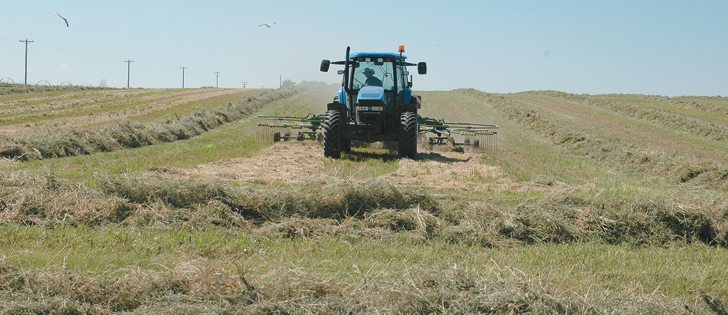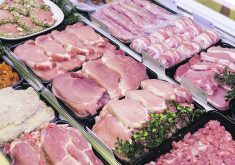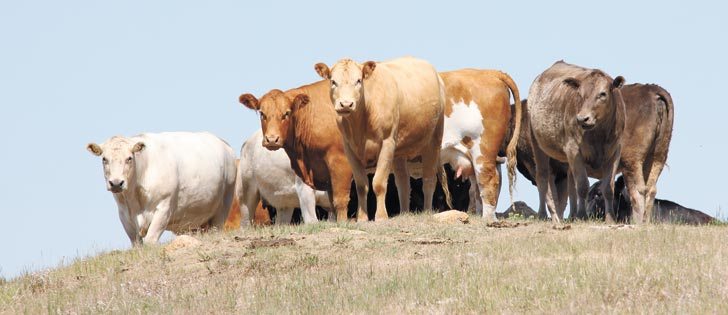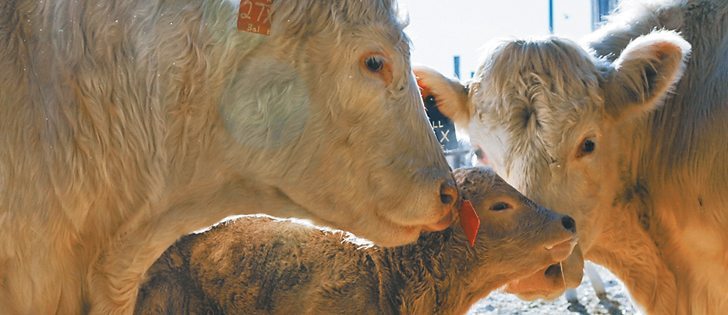Tight supply has kept prices up, including a 21 percent rise in ground beef
SWIFT CURRENT, Sask. — Canadian beef producers continue to enjoy record high prices, but they should be aware that their American counterparts are expanding, says analyst Anne Wasko.
The United States drives North American beef prices, she reminded producers at the Saskatchewan Stock Growers Association convention, and the cow herd there is already up two percent in the first half of this year.
“Don’t lose sight of the fact that the driver of our price trend in North America has moved into the next phase of the cattle cycle,” she said.
Read Also

Chinese offer complicates canola marketing
Recently the Chinese ambassador indicated that there would be a potential deal between Canada and China regarding the current tariff war.
“There will be more calves available, some this year and certainly more by 2016.”
A two percent increase in the U.S. is equal to 600,000 cows, and Cattlefax forecasts an expansion of one million by the end of the year.
This is happening while the Canadian beef herd continues a 10-year decline.
Wasko said the decline is slowing but hasn’t stopped because the national herd was down two percent as of Jan. 1.
Tight protein supplies, beef, pork and chicken, helped keep prices high last year.
“This is really a U.S. story,” she said.
“Last year, all three key proteins were smaller than previous and in some cases smaller than expected.”
But that has changed.
U.S. poultry production is up seven percent year-to-date and projected to be four percent higher for the year, which Wasko said will be a record.
Pork has rebounded after the porcine epidemic diarrhea virus cut supply last year and should be up five percent.
“Beef is still short,” she said.
“Supply will be tighter in ’15 than ’14 as far as tonnage is concerned. We see that changing as we get out past 2015.”
Moisture will be a key factor to supply in both countries.
Some places in the U.S. saw some of the best pasture conditions in the past 20 years by the end of last year, Wasko said, which is why producers have confidence to expand.
U.S. cow slaughter dropped dramatically last year by about one million head.
“Cattlefax is suggesting that in 2015 we’re going to see the cow kill down a wee bit more, probably another 350,000 head,” she said.
“That will probably be the smallest cow kill for the U.S.”
She predicted it will rise by next year.
Wasko said this year will be the tightest non-fed cow kill in the U.S. for this cycle, assuming moisture conditions remain as they are.
In Canada, concern about dry weather abounds.
“Right now, the projections have been based on a 15 percent reduction in cows moving to town,” she said.
That could change if the weather remains dry.
Beef exports climbed 14 percent in volume last year despite tight supply in Canada, and are up five percent this year. International customers are paying more for certain products.
On the import side, Canada has brought in eight percent more beef this year, mostly from Australia, New Zealand and Uruguayan exporters attracted by high prices.
Prices for 85 percent lean beef, which processors use to make hamburger patties, are 40 percent higher than last year, which was a record.
“Our cow prices and even our lean wholesale price is starting to get into an area that’s a little bit out of range with what the U.S. is doing, even with an 80 cent dollar,” Wasko said.
“I do think we’re going to see some weakness and get it kind of back in line with that U.S. market.”
Retail prices in April were up 18 percent over last year’s record high to average $19 per kilogram. Ground beef was up 21 percent.
















